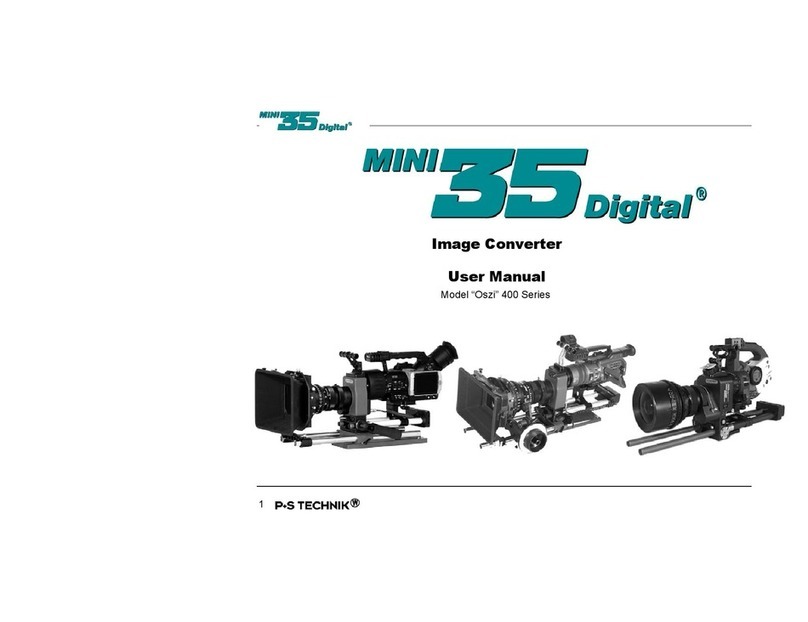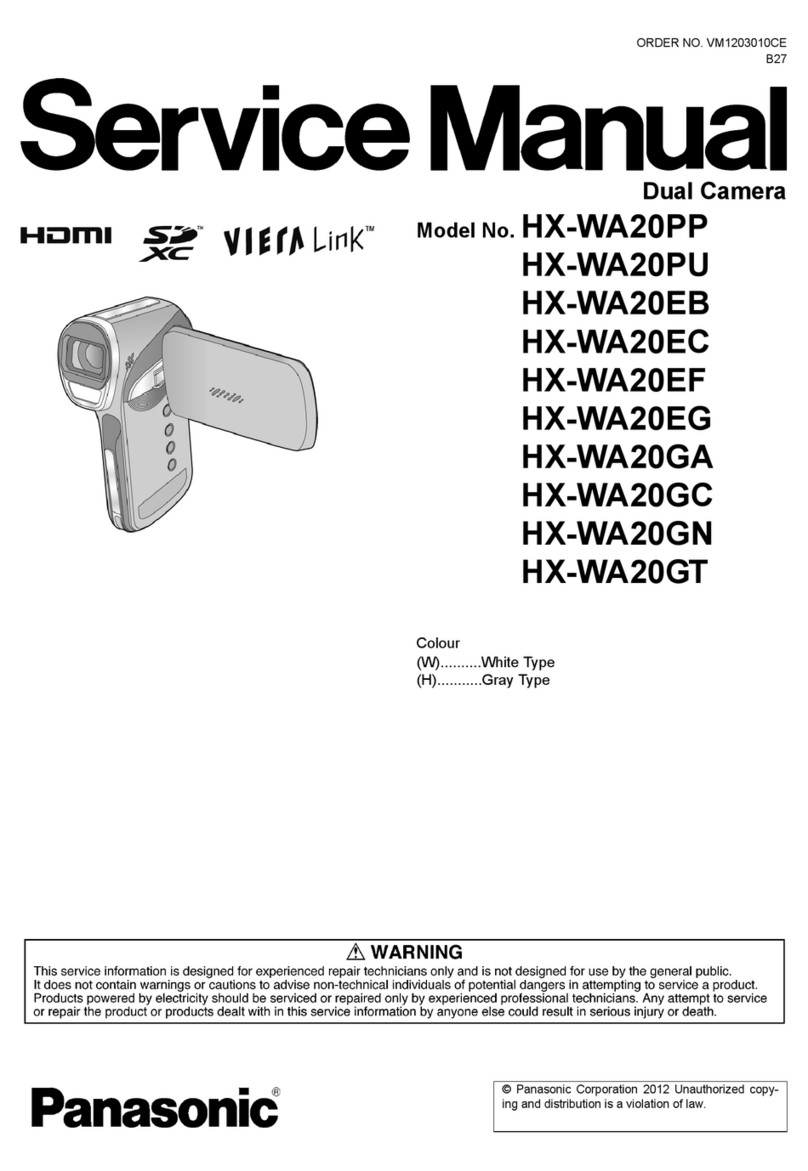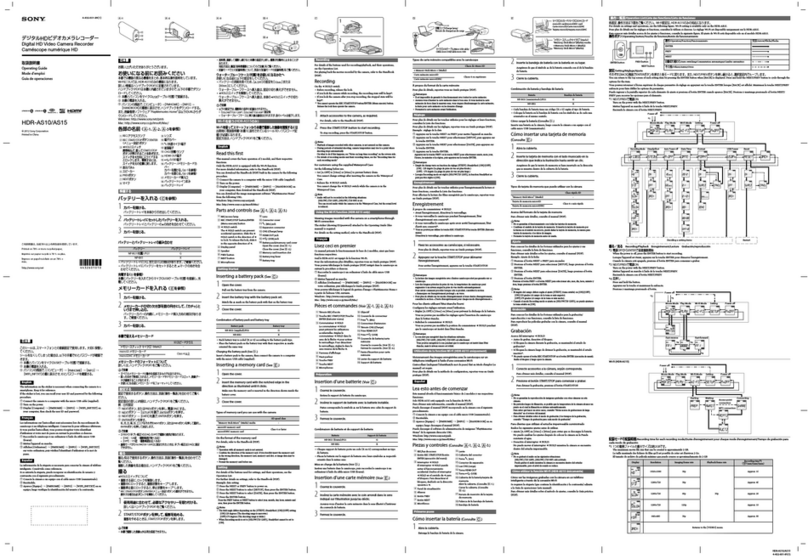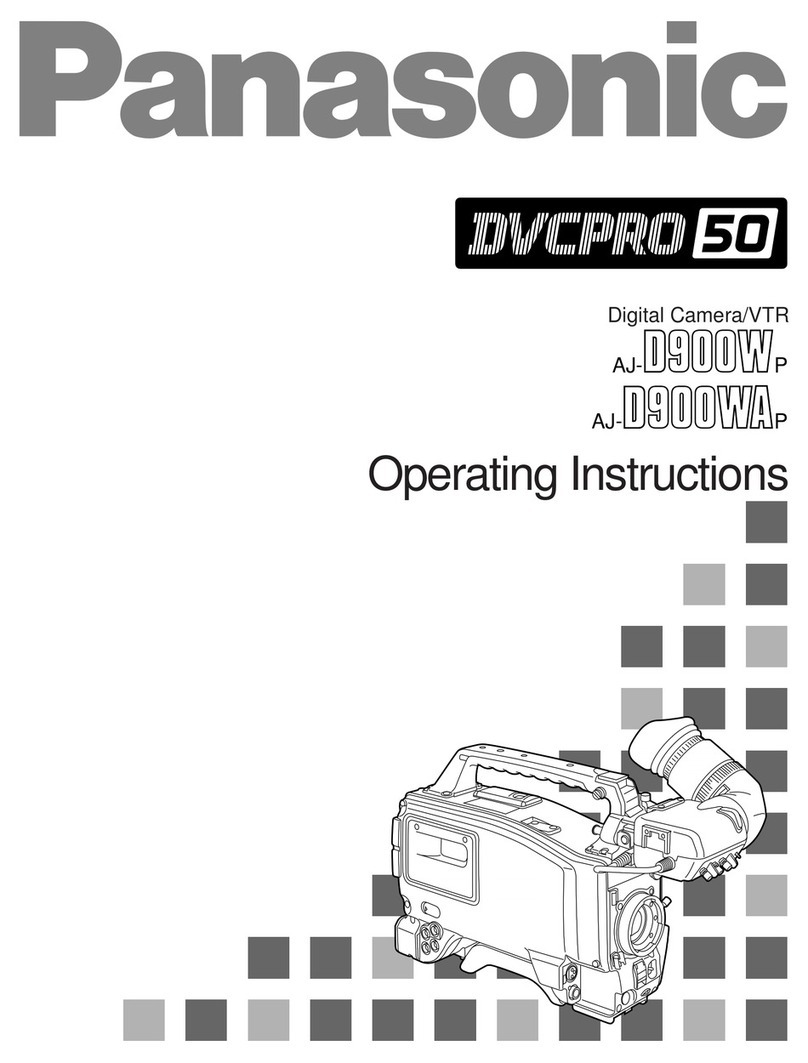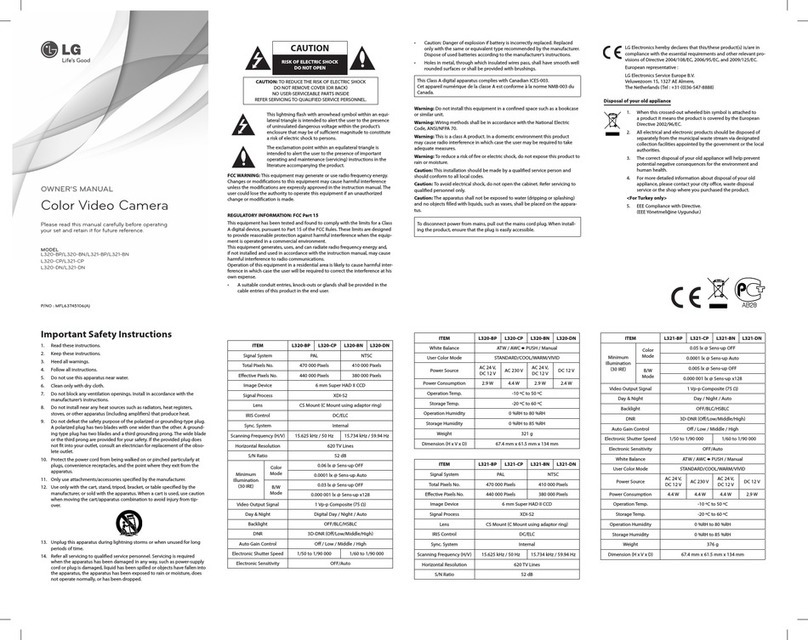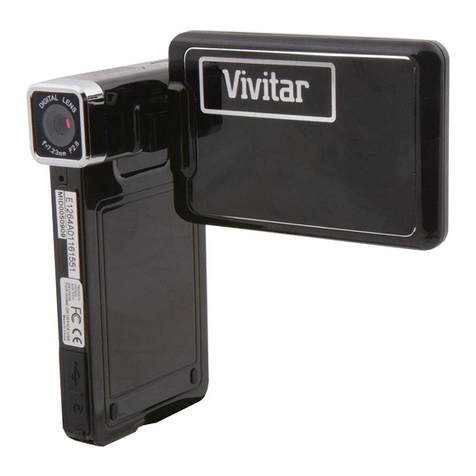Nikon R10 Super Zoom User manual
Other Nikon Camcorder manuals
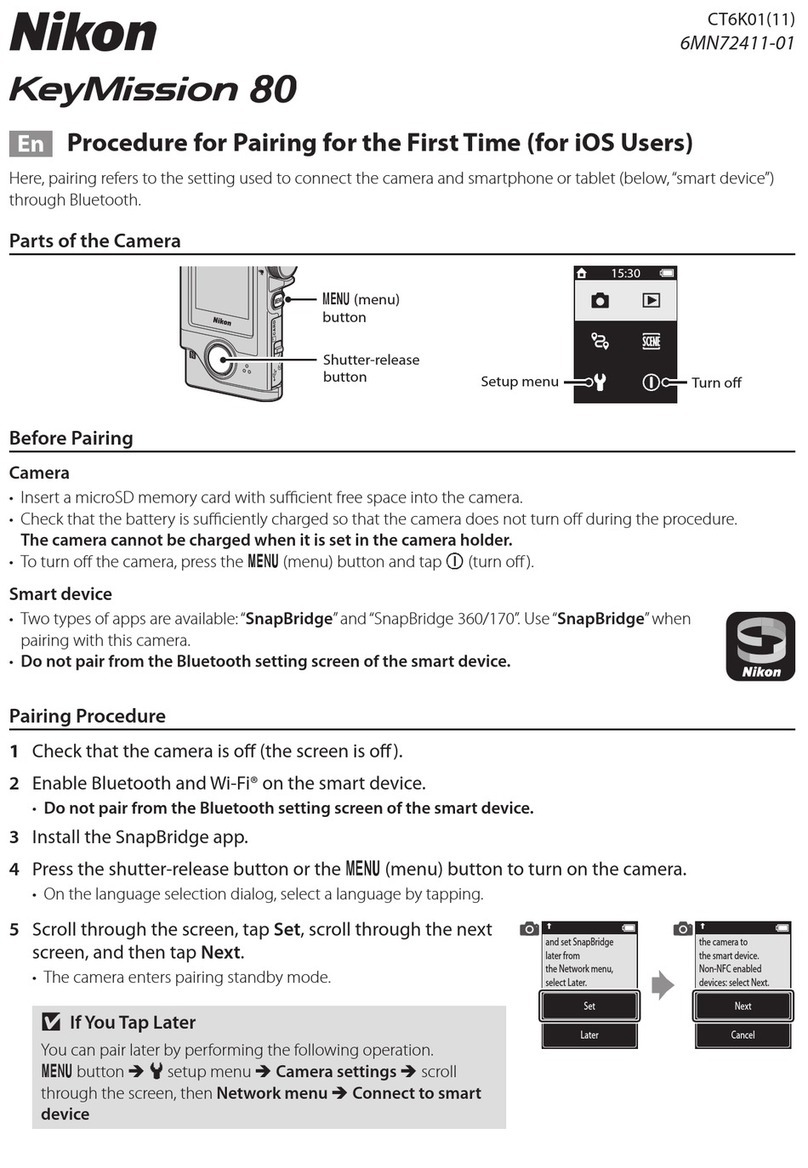
Nikon
Nikon KeyMission 80 User manual
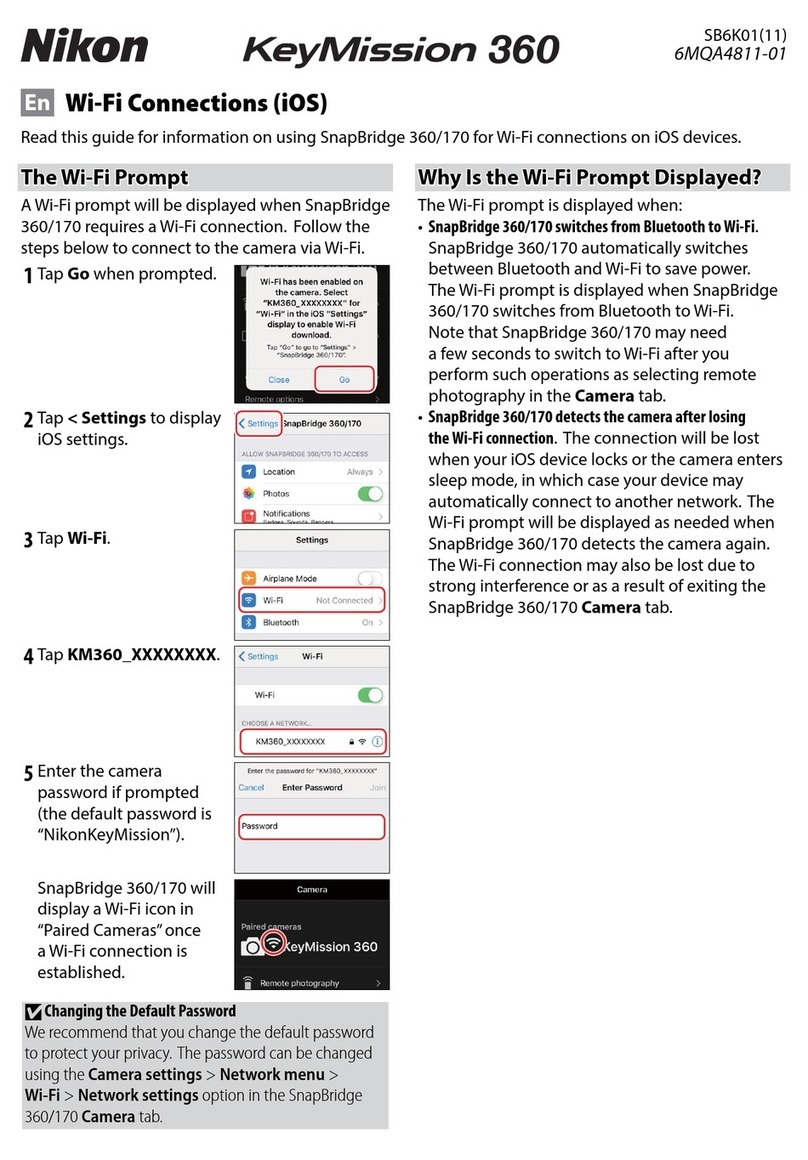
Nikon
Nikon Key Mission 360 User manual
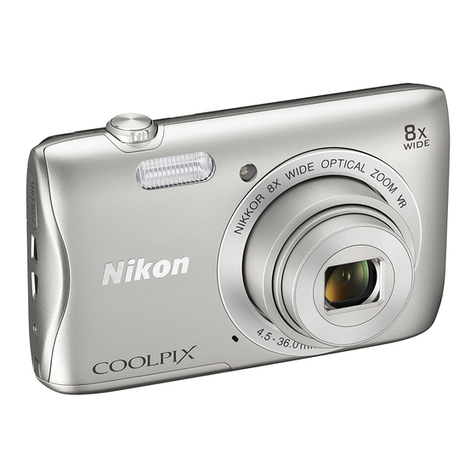
Nikon
Nikon Coolpix S3700 User manual
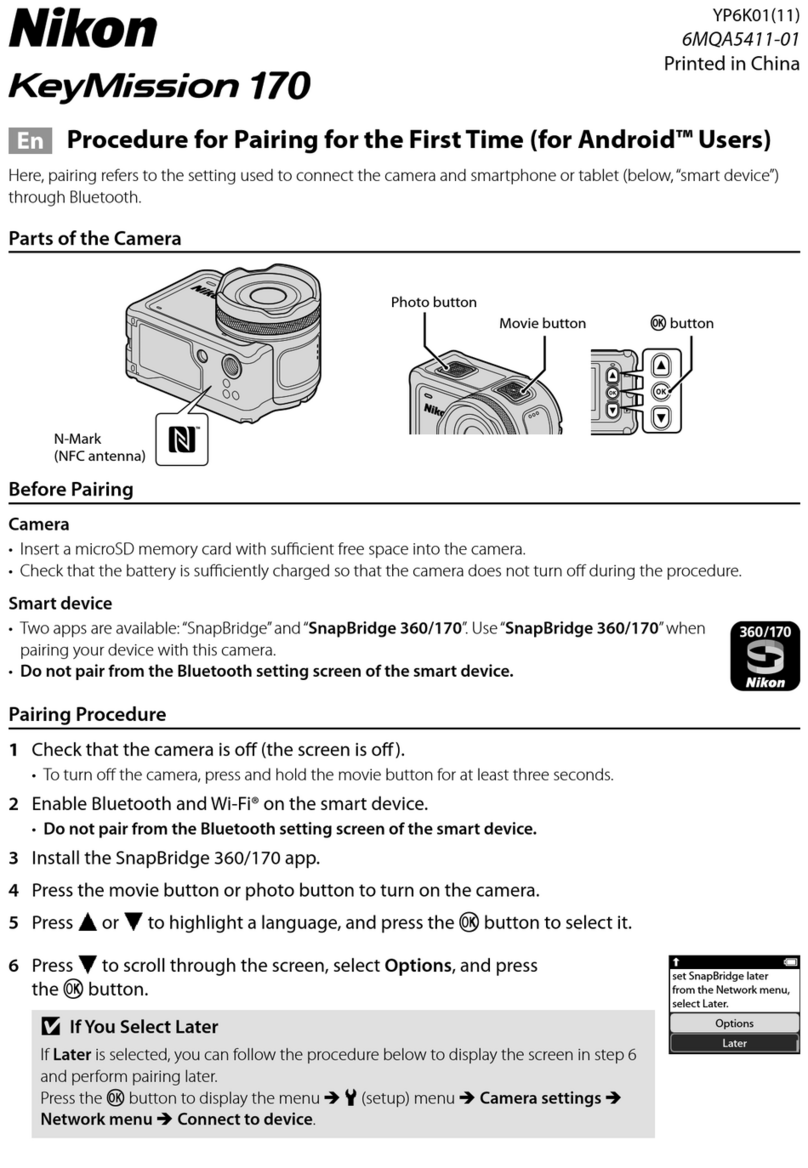
Nikon
Nikon Key Mission 170 User manual

Nikon
Nikon Key Mission 360 User manual

Nikon
Nikon Key Mission 360 User manual

Nikon
Nikon KeyMission 80 User manual
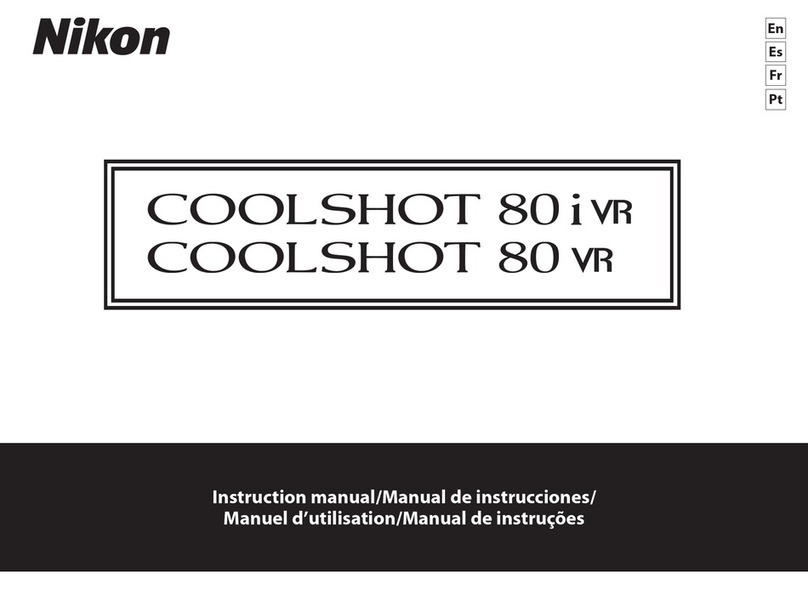
Nikon
Nikon COOLSHOT 8080 I VR User manual

Nikon
Nikon KeyMission 80 User manual

Nikon
Nikon Key Mission 170 User manual
